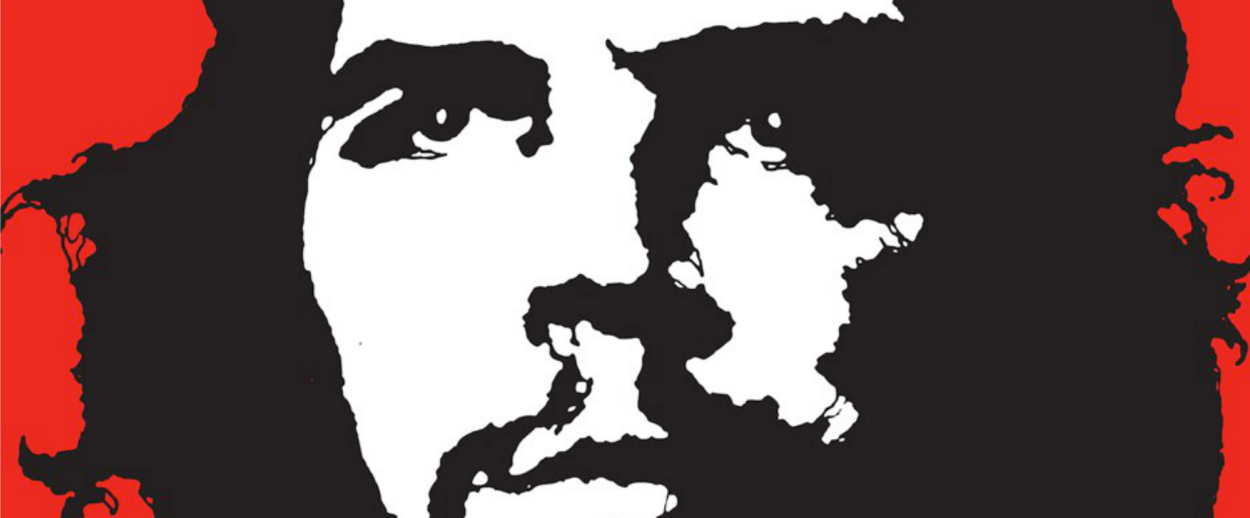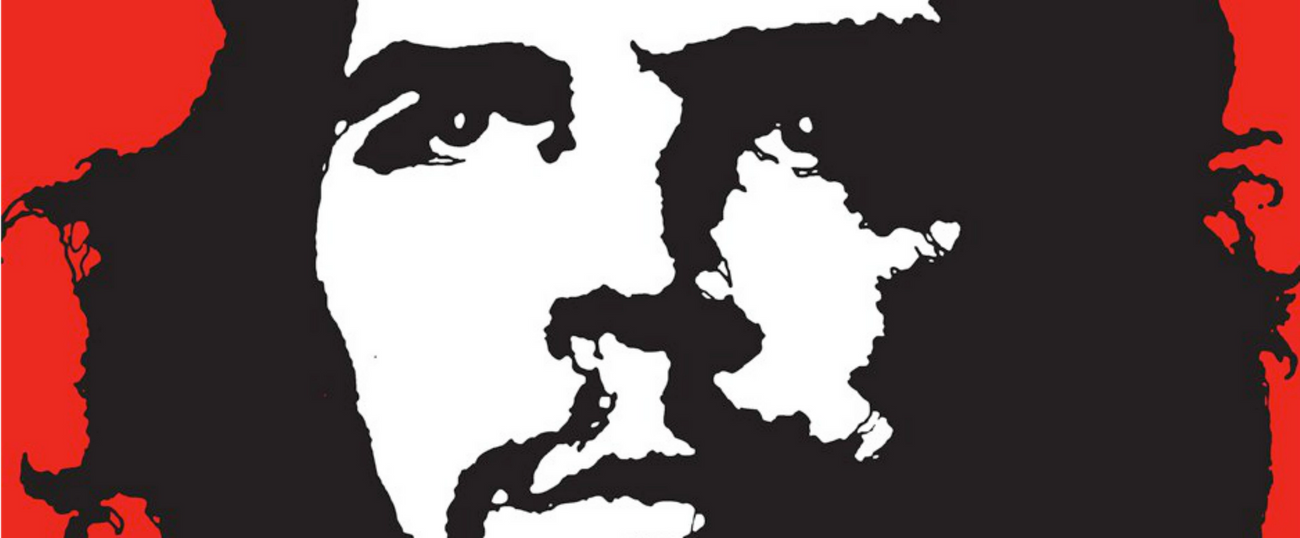The Artist Who Made That Famous Che Poster Finds Another Icon in Young Palestinian Woman
Is it any wonder that the man who made a hero out of the murderous Guevara now idolizes yet one more advocate of violence?




If moral depravity had an official logo, it would be that two-tone iconic image of Che Guevara. In one stroke of good graphic design, the mass murderer was reborn as a Marxist saint. There’s no room on the t-shirts and the posters featuring El Che’s beatific smile for the fact that he boasted to the UN, in a 1964 speech, that “yes, we have executed, we are executing, we will continue to execute,” nor does anyone sport swag celebrating Eutimio Guerra, a Cuban peasant Che bragged about shooting “with a .32 caliber pistol, in the right side of his brain.” Who cares about the 11 million people still living under the despotic regime Guevara helped erect; the image shines bright, a virtue-signaling beacon for the young, unintelligent, and depraved.
Is it any wonder, then, that the man who created this iconic image has now turned his attention to another dubious advocate of violence, the Palestinian provocateur Ahed Tamimi?
In a video shared by Al Jazeera, Jim Fitzpatrick featured his latest work, an illustration of Tamimi holding the Palestinian flag as she gazes into eternity. A young graphic designer in the late 1960s, Fitzpatrick found inspiration in Alberto Korda’s photograph of Guevara, and transformed it into the black-and-red image that now adorns scores of college dorm rooms. He was as good a publicist as he was an artist: “I deliberately designed it to breed like rabbits,” he told the BBC. “The way they killed him, there was to be no memorial, no place of pilgrimage, nothing. I was determined that the image should receive the broadest possible circulation.” Fitzpatrick succeeded; Che’s victims, on the other hand, remained unsung.
In the video, Fitzpatrick speaks of Tamimi in the same breathless, thoughtless way he had once reserved for his homicidal icon. “My purpose here,” he says, “without being too highfalutin about it, is to save that girl’s life.”
That would be the girl who had repeatedly made headlines by provoking IDF soldiers, slapping and scratching them as her relatives stood nearby with their cameras ready, happy to sacrifice the safety of their child in the hope she’ll provoke the armed men into violence. That would be the girl whose father has expressed support for terrorist organizations like Hamas and Hezbollah, and who shared an anti-Semitic blood libel on Facebook, arguing that Jews murder Palestinian babies and harvest their organs. That would be the girl whose mother makes a point of praising every murder of innocent Jews. That would be the girl whose cousin, Ahlam Tamimi, was the mastermind behind the 2001 Sbarro pizzeria bombing in Jerusalem that killed 15 people, including seven children and a pregnant woman, and injured 130 more. What’s not to like for a fan of Che?
But the culture has evolved since the 1960s, and iconography these days is harder to do than merely tweaking a photograph. To make sure we get the message and adore his subject—who, for those still interested in facts, was feted by that champion of peace and freedom, Turkey’s Recep Tayyip Erdogan, for her tireless anti-Israeli campaign—Fitzpatrick adorned his image with the Wonder Woman logo, a dig at the Israeli actress somewhat well-known for that very role. Anyone disinterested in facts, reason, or decency is still welcome to enjoy Fitzpatrick’s tributes to murderers and their cheerleaders. For the rest of us, Gal Gadot would do just fine.
Liel Leibovitz is editor-at-large for Tablet Magazine and a host of its weekly culture podcast Unorthodox and daily Talmud podcast Take One. He is the editor of Zionism: The Tablet Guide.